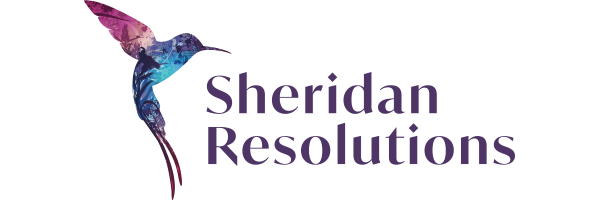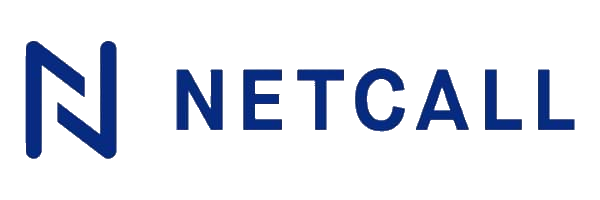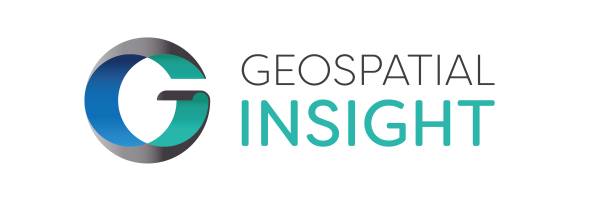If you Google ‘Hiring diverse talent’ you will find there are 37,100,000 results. With this amount of information out there, there still seems to be slow progress in organisations bringing diversity into their talent pipeline through recruitment. Why is this? And what can practically be done to hire a more diverse talent pool?
There are some basic steps that can help organisations to get started, firstly in attracting diverse talent. But before you jump in, ask yourself the question “what does diverse talent mean?”
As human beings, we like to be able to categorise, and until recently the focus on hiring diverse talent has largely focused on gender, race, and disability–simple categories which are easier to identify and measure. But diversity is so much more than this and if organisations want to truly benefit from diversity they must embrace the complexity and increasing intersectional nature of diverse identities. This means broadening the scope to:
- Gender identity
- Race/Ethnicity
- Religion
- Level of education
- Perceived social class
- Disability
- Neurodiversity
- Work experience
- Age
And in a rapidly evolving environment, where some people are experiencing significantly increased disadvantages, the conversation is turning to those with intersectional identities who tend to be absent from the diversity discussion.
So, before you embark on changing the attraction and recruitment processes, you have to ask yourself:
- Are we willing to be transparent about recruitment data, processes, and graduate salaries?
- Do we have a commitment from the leadership team and legal team for ‘fair-chance hiring’ of those with a criminal record?
- Are we willing to do a deep dive analysis into the recruitment processes, activities, and data about how diversity proof our current practices are?
Once you are ready to get started, here are some of the ways you can start to recruit a truly diverse talent pool
-
Inclusive language & accessibility
- Avoid ‘gender coding’ – overly masculine or feminine language
- Consider literacy and dyslexia inclusion
- Avoid industry jargon to ensure you attract applicants with transferrable skills
- Consider how descriptions may inadvertently deter applicants from marginalised groups
-
Job descriptions
- Ensure job descriptions are specific to the requirements of the job
- Avoid using phrases such as ‘and other ad hoc activities’
- Be clear and concise
-
Person specifications
- Distinguish between skill and ability to attract those who don’t have significant experience. Be clear on the level of experience required and how this might have been gained.
- Ensure requested qualifications and knowledge are genuinely required or whether the role could be met by specific skills and abilities without them
- Be specific – for example, rather than ‘strong communication skills’ relate it to the actual requirements of the role such as ‘Ability to design materials for press briefings’
- Never use personality traits such as ‘team player’ or ‘extrovert’
-
Broaden your network and recruit through diverse channels
- Find channels where you can target specific marginalised groups
- Broaden your network to those that include under-represented groups
- Partner with colleges, support groups or those that redeploy those with criminal convictions
-
Offer targeted internships and scholarships
- Work with the community to provide scholarship opportunities for those in disadvantaged or underrepresented groups
- Offer paid internships to allow disadvantaged groups to gain experience and develop skills
-
Blind recruitment
- Remove all elements of applications that could identify identities which are most likely to be disadvantaged – eg gender, education, names, age etc
-
Consider assessment activities
- Make sure reasonable adjustments are made for those who may need them – for example meeting the differing needs of neurodivergent candidates
- Consider why certain elements of the process are included. For example, including presentations can disadvantage differing personality types, levels of experience, those with some chronic illnesses/conditions and have been found to advantage male candidates
- Ensure you have a truly diverse recruitment and decision-making channel
-
Teach those involved in recruitment how to avoid bias
- Make sure all of those involved in recruitment see all recruitment as inclusive
- Provide training on the specific biases that can impair fair judgement in recruitment processes
- When it comes to decision-making have a check-list to ensure all biases have been checked and encourage the panel to challenge one another
Sheridan Resolutions was delighted to sponsor our recent Leaders of Tomorrow Diversity in the London Market session. Do please get in touch with us to find out how we can help shape your belonging and inclusion agenda: helen.may@sheridanresolutions.com

Helen is an insightful and engaging coach and facilitator with over 20 years’ experience across a broad range of industries. Her approach is commercial and pragmatic, spending time helping leaders and teams to understand the core of the challenges they face before helping them to develop solutions.
Helen's particular expertise in Diversity & Inclusion and a lot of her coaching assignments are with senior women. Helen is an expert on Neurodiversity and has recently written the 'Neurodiversity@Work Playbook'. She will also shortly be publishing 'Diversity & Inclusion: The Complete, Practical Guide for Organisations'
Helen has held senior Commercial and Talent & Development roles across a range of industries and has been coaching for over 20 years. Helen was the Director of Executive Development in a management consultancy for 7 years where she was responsible for executive coaching and team development. In addition to heading up the business unit, she had her own coaching and facilitation assignments, mainly at board level. She was also involved in the design and launch of a psychometric tool PROPHET designed specifically for senior team development.















